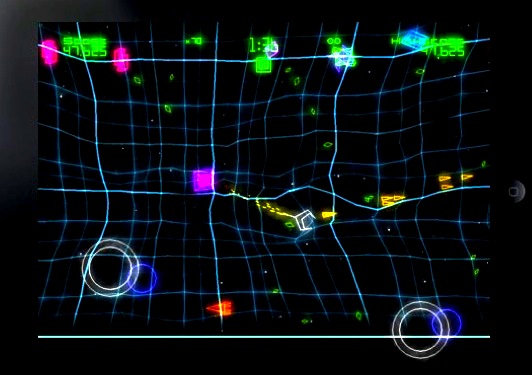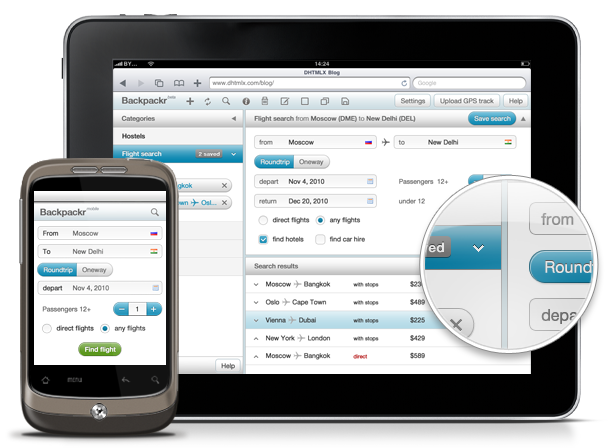

- #MULTITOUCH JAVASCRIPT HOW TO#
- #MULTITOUCH JAVASCRIPT FULL#
- #MULTITOUCH JAVASCRIPT CODE#
- #MULTITOUCH JAVASCRIPT MAC#
The outlier is in IE which supports Pointer Events instead. All the major mobile browsers support touch events. IEĪs you might expect, support for touch events across mobile browsers is very good.
#MULTITOUCH JAVASCRIPT HOW TO#
You’ll learn how to enable that feature later in this post. This comes in handy when testing your applications. Chrome even includes a method of emulating touch events using non-touch devices (i.e.
#MULTITOUCH JAVASCRIPT FULL#
Note: Take a look at the documentation for a full list of properties that are available on Touch objects.Ĭhrome, Firefox and Opera all include support for touch events on the desktop.
#MULTITOUCH JAVASCRIPT CODE#
Note: Both touch and mouse events are triggered to make sure that non-touch-specific code still runs correctly on mobile devices. touchleave – Triggered when the pointer leaves the target element.touchenter – Triggered when the pointer enters the target element.If this happens the first touch that is being tracked will be cancelled. There are more pointers on the screen than the browser supports.The pointer left the window and entered another area, such as the browser’s UI.Another event occurred that disrupted the touch.touchcancel – Triggered when a pointer is disrupted.touchend – Triggered when a pointer leaves the screen.touchmove – Triggered when a pointer is moved on the screen.touchstart – Triggered when a pointer first touches the screen.Lets get started! A Primer on Touch Eventsīefore we dive into the demo, lets quickly take a look at the events and objects that you will be using to create multi-touch web applications. After a quick bit of initial theory you’ll build a fully-functional multi-touch drawing app that works great on your phone or tablet. You are going to be learning about the APIs that are available for building multi-touch web applications. In this blog post we are going to be focussing on the how we interact with multi-touch displays. The way in which we interact with mobile devices is inherently different and therefore requires a different approach when it comes to designing our applications. Building for mobile is very different to creating web applications targeted at the desktop environment.

Therefore I expect there isn’t an easy fix, and it is a matter of choosing which preferences are most comfortable for the devices you are using.With mobile web browsing now accounting for 15% of all global internet traffic building web applications targeted at mobile has become more important than ever. I’m limited in the range of devices I can test, and I’m not even sure it’s possible to access all the required information to fully support different devices in Java.

Some devices support scrolling left-to-right as well as up and down, while others require pressing shift to achieve that effect.
#MULTITOUCH JAVASCRIPT MAC#
For example, on a Mac I might turn scroll gestures on if I am using a Magic Mouse but off if I’m using another kind of mouse, since they send QuPath different kinds of input notification. I’m afraid touch gestures can be a bit awkward, subject to exactly what computer / input device you are using (which is one of the reasons why they can be turned on/off – sometimes they are just quite frustrating). But if the shortcut key isn’t pressed, then it shouldn’t. The overlay opacity should change during scrolling while holding down the ctrl/cmd key.


 0 kommentar(er)
0 kommentar(er)
